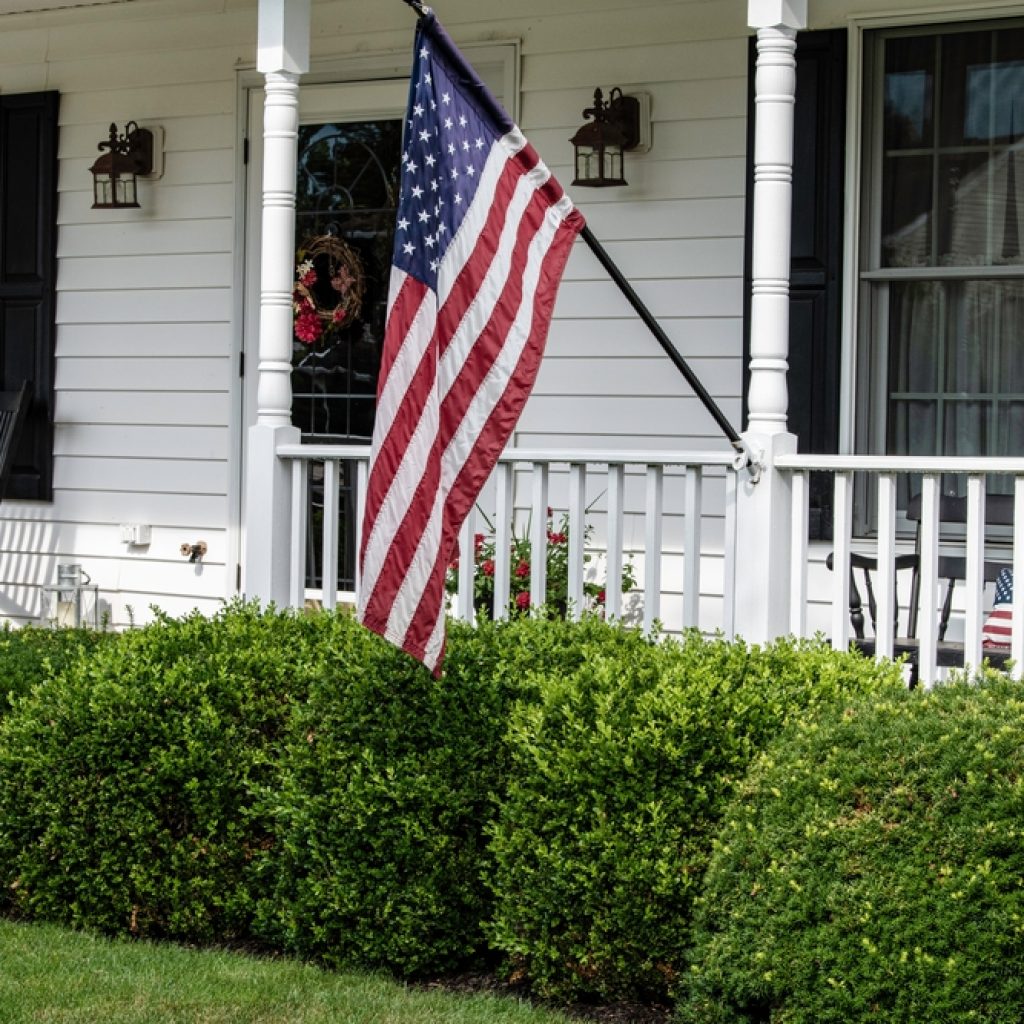
The Daisy Manufacturing Company, now known as Daisy Outdoor Products, began in Plymouth in 1882 as the Plymouth Iron Windmill Company. In 1886, inventor Clarence Hamilton introduced an air-powered gun that fired lead balls. Lewis Cass Hough, the company’s president, was impressed and exclaimed, “Boy, that’s a daisy!” The name stuck, and the BB gun went into production, eventually surpassing the windmills in popularity. In 1895, the company officially changed its name to Daisy Manufacturing Company, Inc.
Despite local dismay, Daisy moved its corporate offices and manufacturing facilities to Rogers, Arkansas, in 1958. In 2003, the former Daisy factory was converted into Daisy Square Condominiums, although the front wall of the original factory, incorporated into the new building, has since been demolished.
In 2009, Plymouth Township was named the 28th Best Place to Live in the United States by CNN Money Magazine, highlighting its enduring appeal and quality of life
Plymouth, Michigan, was first settled in 1825 when Luther Lincoln received two land patents from the federal government. Lincoln established his business, including a sawmill and residence, near the eastern boundary of his land along the Rouge River, though his home and sawmill were located outside the current city limits. Another early settler, William Starkweather, along with his wife Keziah and their son Albert, built the first home in Plymouth at what is now the southwest corner of Main Street and Ann Arbor Trail. Initially a lean-to, the home was later replaced by a log cabin, which has since been destroyed.
In 1831, Starkweather sold his land in downtown Plymouth and bought an 80-acre parcel in what was then called “North Village,” now known as “The Historic Old Village.” After Starkweather’s death in 1844, his son, George A. Starkweather, inherited the land. George recognized the commercial potential of the railroad passing through North Village and successfully persuaded the Detroit and Howell Railroad Company to build a line through the town. To facilitate this, he extended Oak Street North through his farm to reach his store and the train station. After George’s death in 1907, Oak Street was renamed Starkweather in his honor.
Many streets in Plymouth are named after Starkweather family members, reflecting their historical significance. These include Blanche (after George’s daughter), Karmada (after his grandchildren Karl, Max, and Davis), Davis (after his grandson Davis B. Hillmer), and others such as Amelia and Rose. Starkweather Elementary School, now an adult education center, was named after George A. Starkweather.

Here Plymouth strives to provide the finest deals, products, and experiences in your local community. It’s all RIGHT HERE, and it’s all LOCAL.
If you notice something that you believe should be here, please let us know. And you’ll notice it soon HERE!
© Copyright 2025, HERECity.com